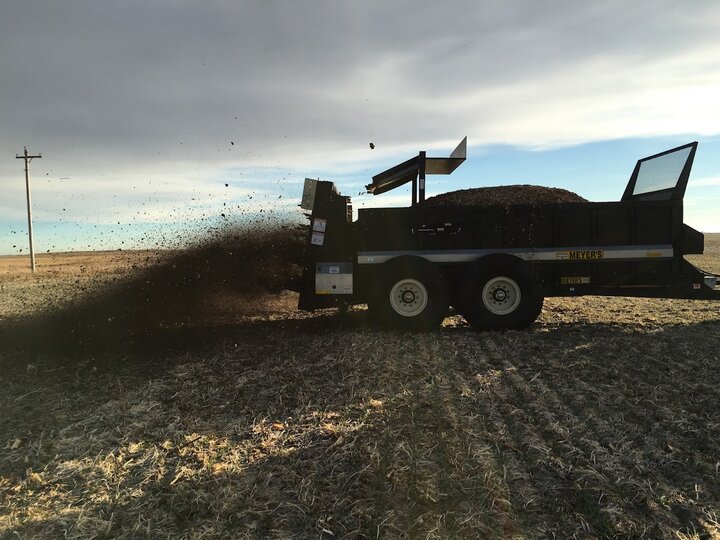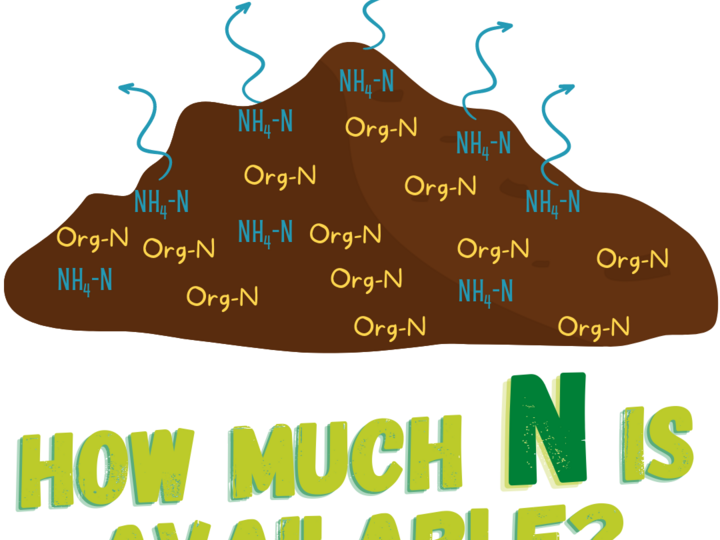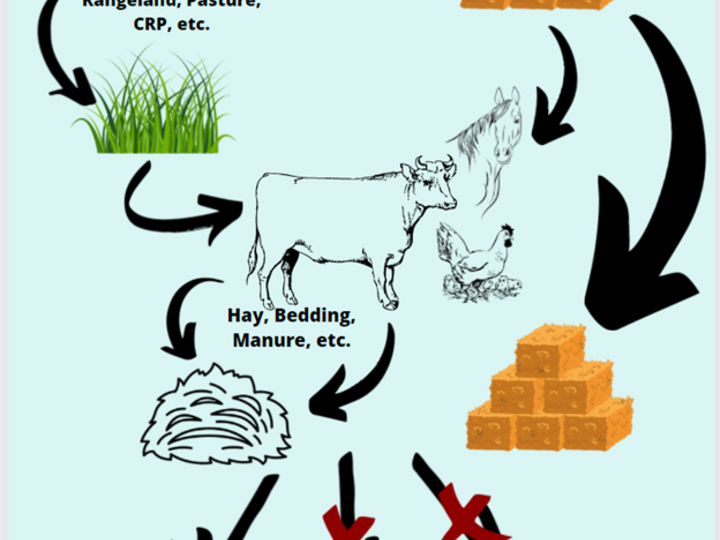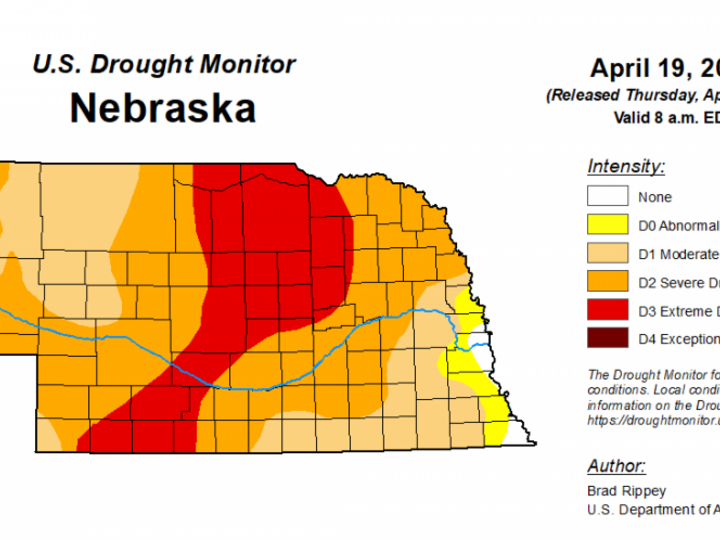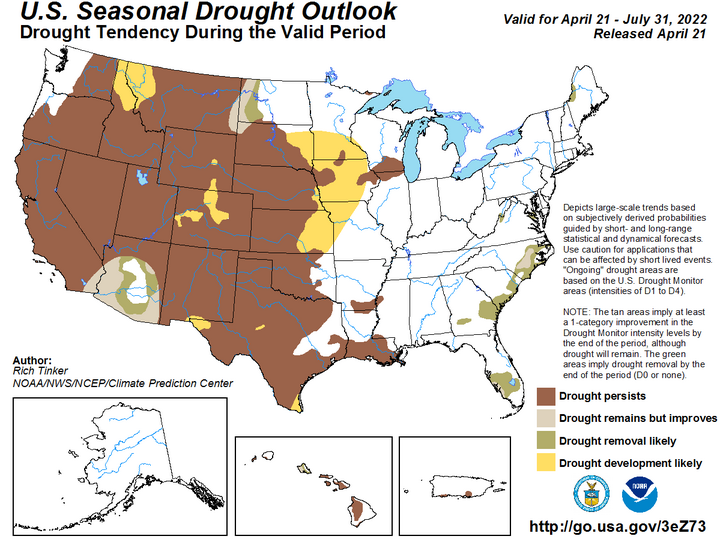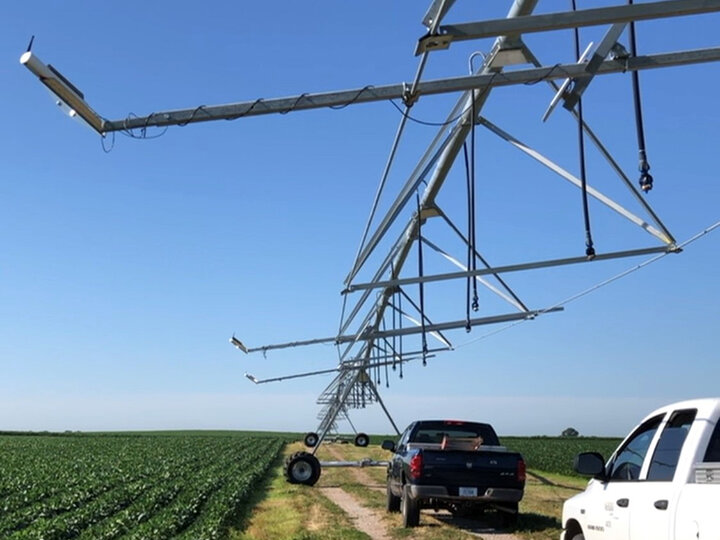The main barriers to adoption of new technologies in irrigation include cost and ease of use. These scientific methods need to be cost-effective and feasible for farmers to adopt. Today, using soil water monitoring equipment provides the most effective method for farmers to make data-driven irrigation scheduling decisions to apply the minimal amount of water while achieving optimal yields. However, the costs in labor and equipment limit their use. So, research continues to focus on developing lower-cost methods to schedule irrigation that results in putting on just the right amount of water. Since producers do not have time to do detailed work with large amounts of data often generated using SIS methods, the automation of SIS methods would likely provide incentives to producers by saving their time and, simultaneously, reducing the irrigation applications and producing optimal crop yield.
